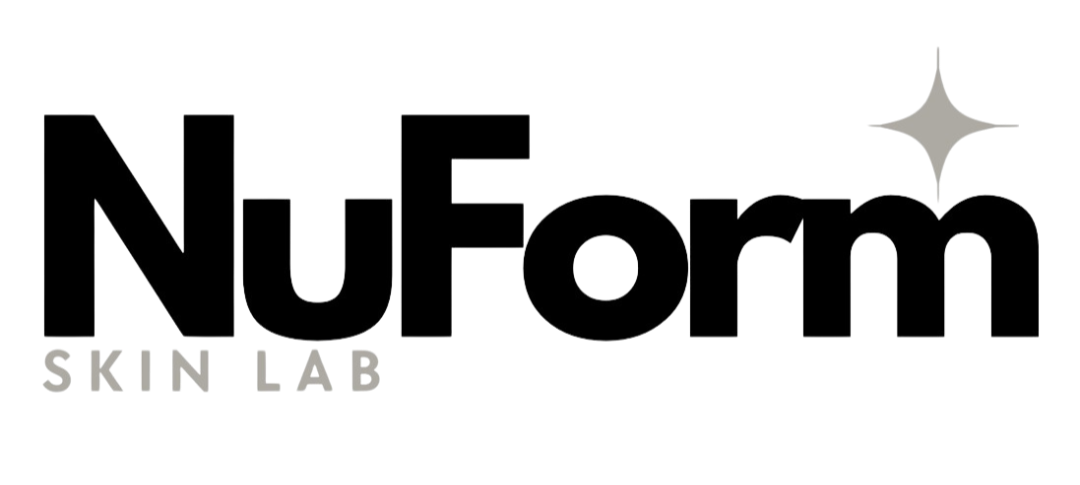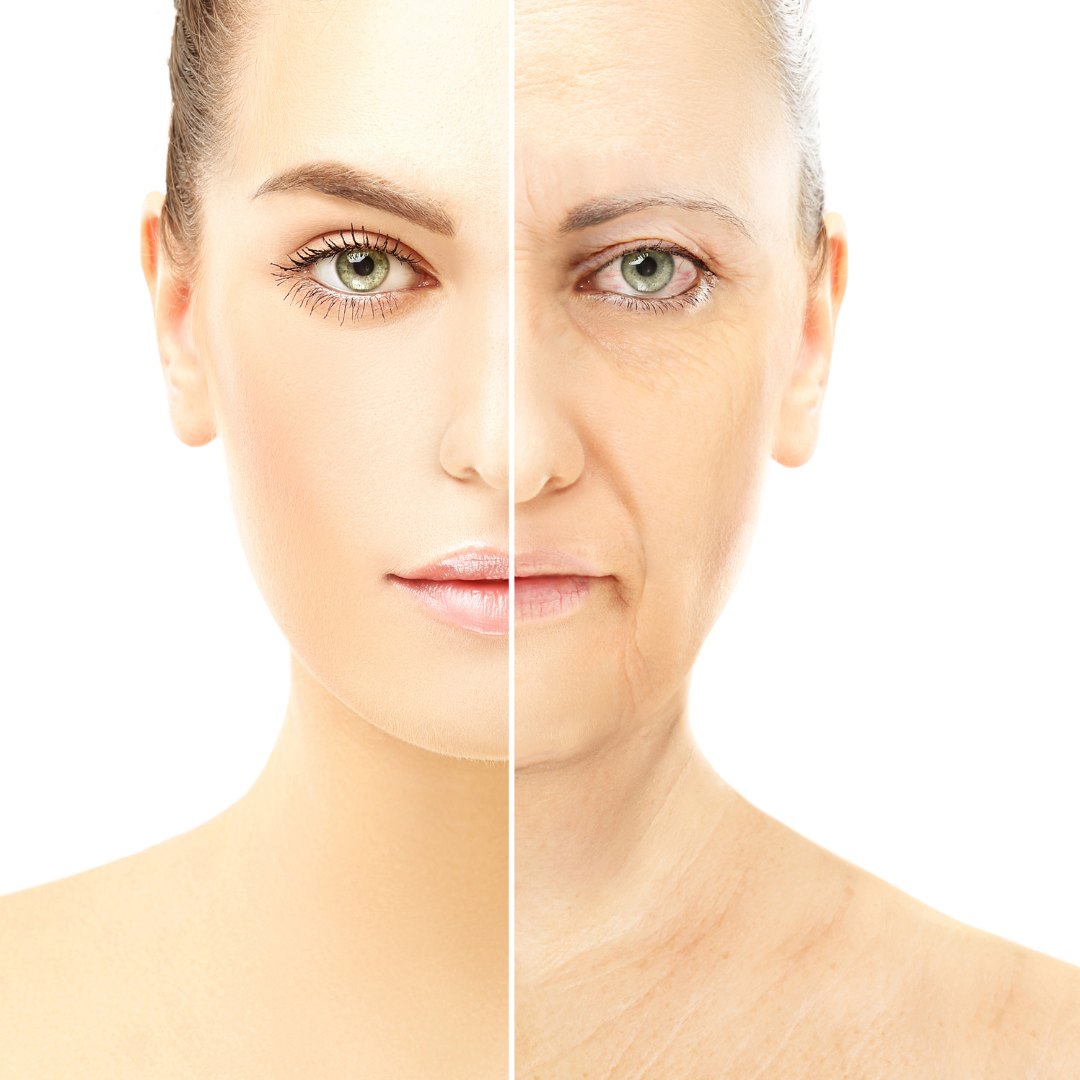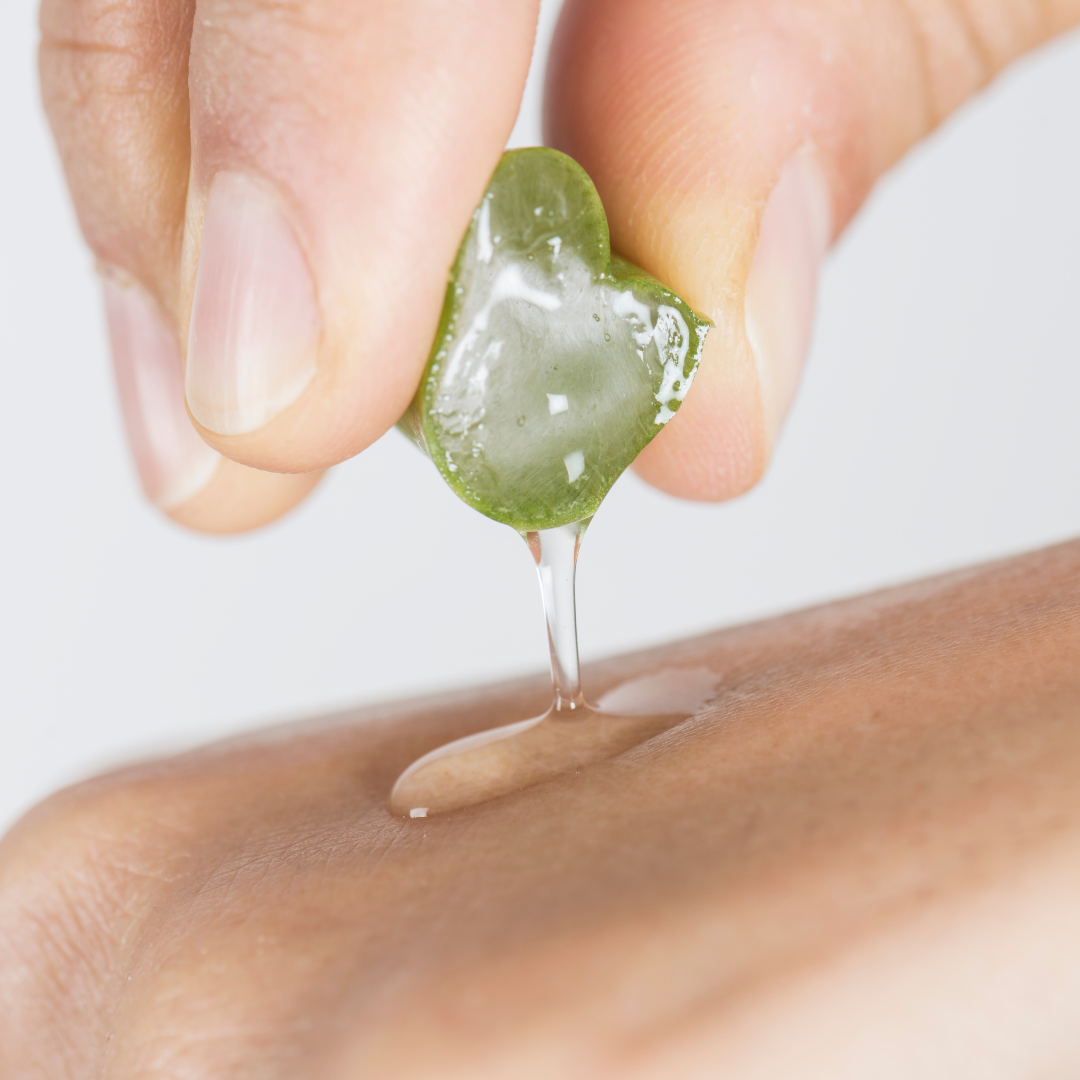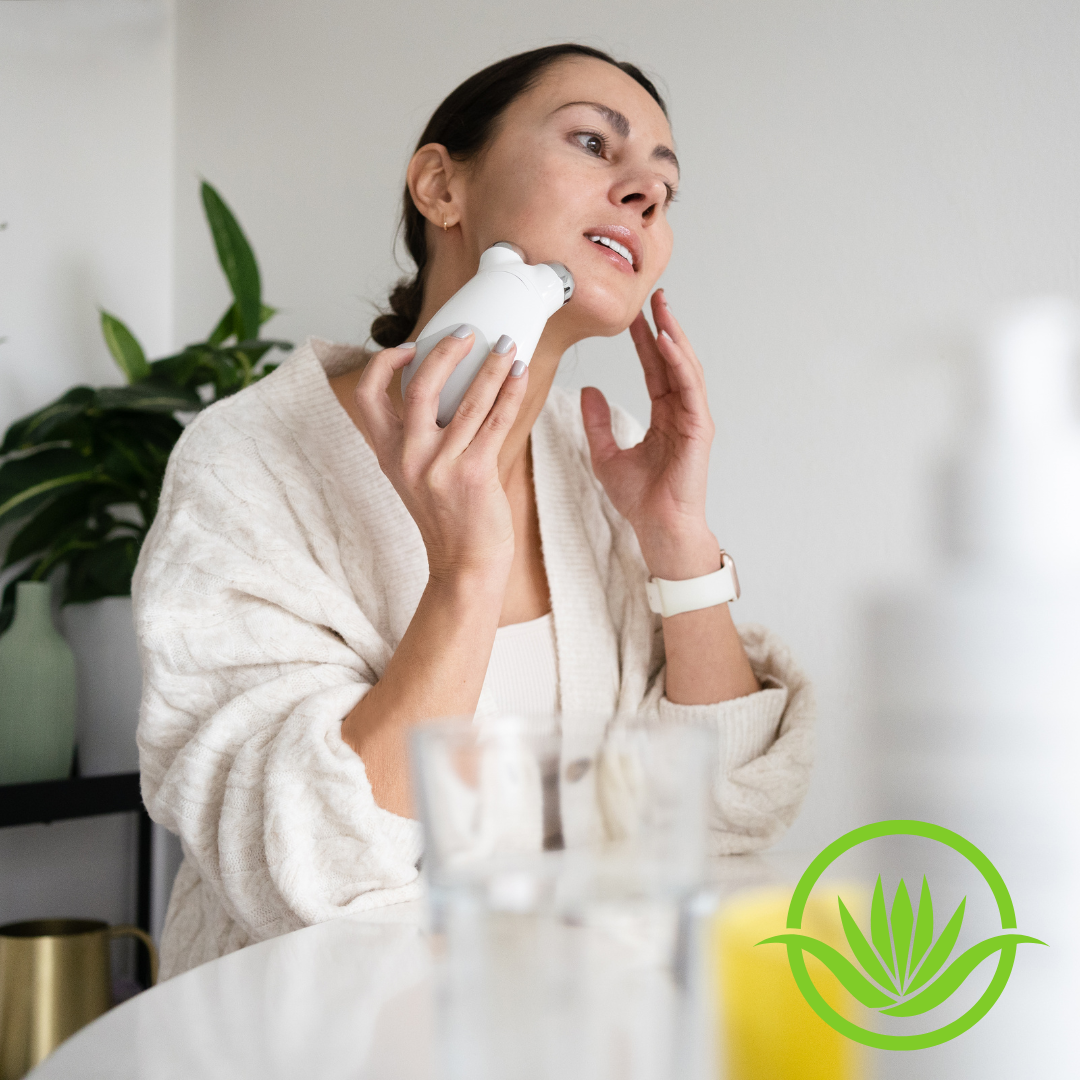Facial skin aging is a natural, complex process influenced by both intrinsic (genetic) and extrinsic (environmental) factors. Here's a breakdown of the key stages and factors involved:
1. Intrinsic Ageing (Genetic Factors)
This is the inevitable, biological process influenced by genetics, internal health, and age. It typically becomes noticeable after the age of 25.
- Decreased collagen production: Collagen is a protein that provides structural support to the skin. As you age, your skin produces less collagen, which leads to a reduction in skin elasticity and firmness.
- Decreased elastin production: Elastin fibers allow the skin to return to its original shape after stretching or contracting. With age, elastin production declines, leading to sagging and wrinkles.
- Thinning of the epidermis: The outermost layer of the skin, the epidermis, becomes thinner with age, leading to more vulnerability to damage and slower healing.
- Diminished moisture retention: The skin’s ability to retain moisture diminishes, leading to dryness and the appearance of fine lines.
- Slower cell turnover: The skin’s ability to regenerate cells and shed dead skin slows down, resulting in a duller complexion and rough texture.
2. Extrinsic Ageing (Environmental and Lifestyle Factors)
These are external influences that accelerate the natural aging process, often in combination with intrinsic factors. They include:
- Sun Exposure (Photoaging): Prolonged exposure to ultraviolet (UV) radiation from the sun is one of the most significant contributors to premature ageing. UV rays damage collagen and elastin fibers, causing wrinkles, age spots, and skin sagging. Over time, UV damage can also increase the risk of skin cancer.
- Smoking: Smoking reduces blood flow to the skin, depriving it of oxygen and nutrients. It also directly damages collagen and elastin, leading to a premature appearance of wrinkles and sagging.
- Pollution: Environmental pollutants such as smoke, chemicals, and dust can lead to oxidative stress on the skin. This causes damage to skin cells, leading to aging signs such as dark spots, wrinkles, and loss of radiance.
- Diet and Nutrition: Diets low in antioxidants, vitamins (like Vitamin C, E, and A), and essential fatty acids can accelerate skin aging. A lack of hydration can also contribute to dryness and fine lines.
- Stress: Chronic stress can increase cortisol levels, which may lead to inflammation and the breakdown of collagen, speeding up skin ageing.
- Sleep Patterns: Poor or insufficient sleep can impair the body’s ability to repair itself and regenerate skin cells, resulting in a dull complexion and under-eye bags.
3. Visible Signs of Ageing
As the skin's natural ageing process progresses, certain physical changes become more apparent:
- Wrinkles and Fine Lines: These are caused by the breakdown of collagen and elastin, as well as repetitive facial expressions. They typically appear first around the eyes, mouth, and forehead.
- Loss of Skin Tone and Firmness: Due to the loss of collagen and elastin, the skin becomes less firm, which can lead to sagging in areas like the cheeks, jawline, and neck.
- Age Spots and Hyperpigmentation: Increased melanin production due to UV exposure can lead to the appearance of dark spots, particularly on the face, hands, and other sun-exposed areas.
- Dryness and Rough Texture: The skin may feel drier, rougher, and more sensitive as the moisture-retaining barrier weakens.
- Uneven Skin Tone: With slower cell turnover, the skin may have an uneven tone, with patches of dryness, redness, or pigmentation.
- Thinning Skin: As the skin loses its thickness and elasticity, veins and bones may become more visible, particularly around the eyes and temples.
4. Preventing and Slowing Facial Skin Ageing
While ageing is inevitable, many lifestyle changes, skincare practices, and treatments can help slow the visible signs of ageing:
- Sun Protection: Using sunscreen daily, wearing protective clothing, and avoiding prolonged sun exposure can prevent further UV damage.
- Healthy Diet: Eating a balanced diet rich in antioxidants, vitamins, and healthy fats supports skin health. Hydration is key as well.
- Proper Skincare: Moisturizing, using retinoids (Vitamin A derivatives), and antioxidants (like Vitamin C) can help maintain the skin’s health and appearance. Regular exfoliation can also help by removing dead skin cells.
- Facial Exercises and Massage: These can help tone and tighten the skin. NuForm Skin Lab's Micro Current device is perfect for this.
- Medical Treatments: Options like Botox, dermal fillers, chemical peels, laser therapy, and micro needling can help reduce the appearance of wrinkles and improve skin texture. Or if you prefer a non-invasive option our Micro Current device has proven results.
Understanding the ageing process allows us to better care for our skin, preserving its youthful appearance for as long as possible.




Leave a comment
This site is protected by hCaptcha and the hCaptcha Privacy Policy and Terms of Service apply.